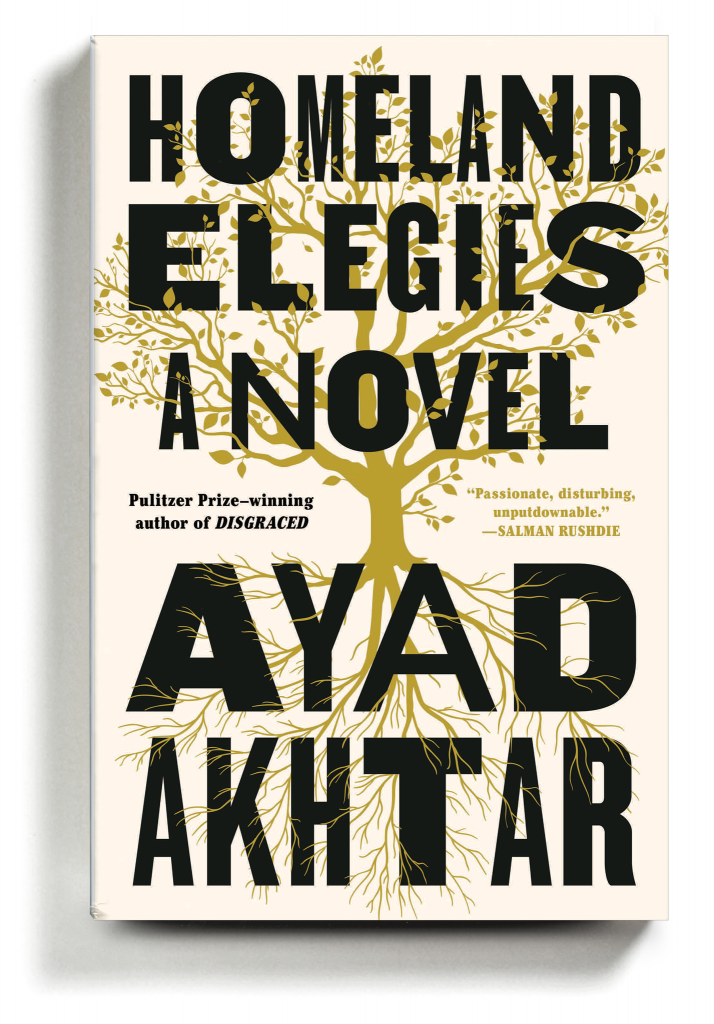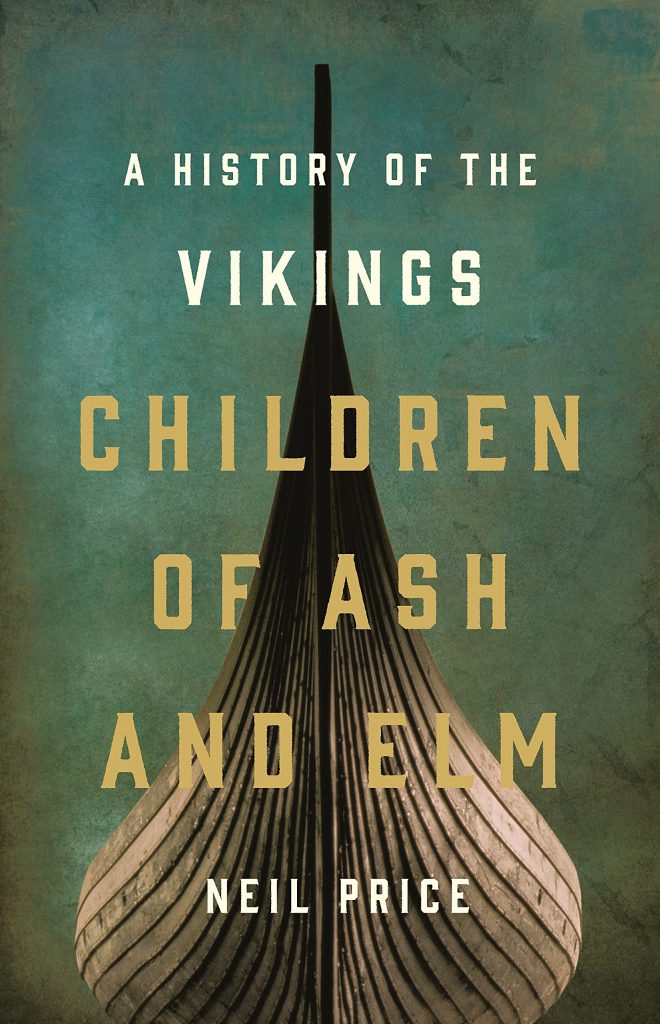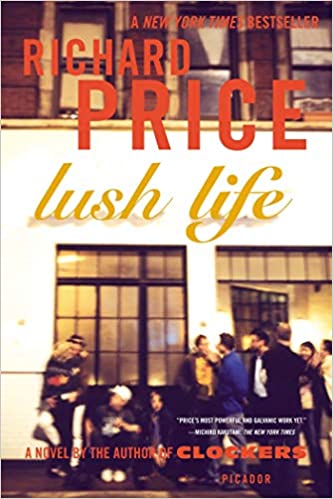
The title says the book is a novel, but the voice is the author’s and the story is about his life. News events, timelines, and characters are real and it is impossible to discern when fact is being replaced by fiction which makes the story only that much more intriguing. Akhtar’s elegies, generally defined as serious poetic odes to the dead are largely long form, stand alone descriptions of his life in America: the American born, Muslim son of Pakistani immigrants.
His father loves America, his mother not as much. The laments are for the losses of home back in Pakistan as seen through rose colored glasses of hindsight; for the breakdown of a relationship between father and son; a father’s loss of his bearings as a doctor in the United States; a mother’s loss of health offset by his parents pride and befuddlement at a son who succeeds in America as a Pulitzer Prize winning playwright. Akhtar’s plays have won Pulitzers and his ability to write a scene and fill it with authentic dialog feels so realistic it is hard to imagine it was conceived by an author and not simply filmed on the spot.
Running the full length of the book are the tribulations of being Muslim in a country in the throes of deep anti-Muslim sentiment. Akhtar’s recounting of his experience in Manhattan on 9/11, what he endures upon being pulled over by a state trooper near Wilkes Barre, PA, or how Trump gave voice to anti-Muslim attackers are horrifying.
His conclusion about America is subtle and surprising. While he makes a decent case that our country was founded by Christians for Christians, he makes a stronger case that our true object of worship is money and that the drive to acquire monetary status at the personal, political, and corporate levels of society are insatiable and insidious.








